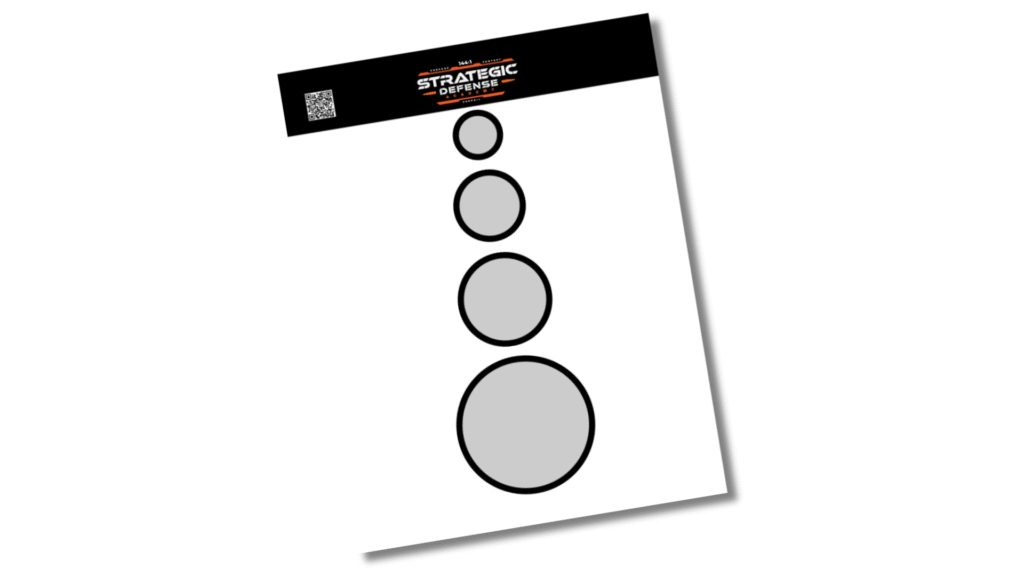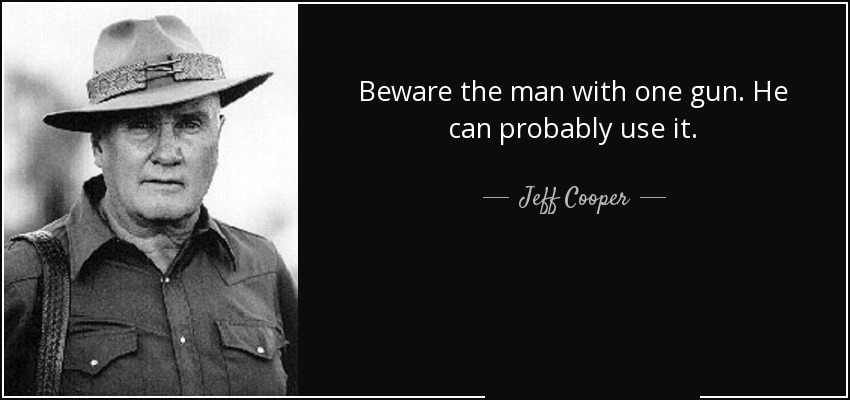
Mastering the Art of Acceleration and Deceleration
Shooting fast is easy. Shooting accurately is essential. Shooting fast and accurately—adjusting speed on demand—is the mark of a skilled shooter. That’s where the Throttle Control Drill comes in.
Why Throttle Control Matters
In both competition and defensive encounters, you’ll rarely face a string of identical targets at identical distances. More often, you’ll deal with a mix: a wide, close target that can be hit quickly, followed by a smaller or more distant target that demands patience and precision.
Throttle control is the ability to shift gears—accelerating when the shot allows, decelerating when the shot demands. Fail to throttle back, and you’ll miss small or distant targets. Fail to throttle up, and you’ll waste time over-confirming shots that could have been taken faster.
This skill is a cornerstone of IDPA, USPSA, and even drills like the 3-5-7 Drill. It also carries direct real-world application: in a defensive scenario, you may need to put fast pairs into a close threat, then instantly slow down to address a more distant one with the same level of accuracy.
Prerequisite: Cadence Training
Before running throttle drills, make sure you’ve put in the work on Cadence Drills. Cadence drills teach you to fire on rhythm—programming your trigger finger and mind to work in unison. Throttle control then takes those cadences and applies them dynamically, adjusting speed according to the target’s size and difficulty.
How to Run the Drill
- Target: SDA Throttle Control Target (multiple dots in descending sizes).
- Distance: 3–5 yards is standard, but you can move the target back as far as you’re comfortable.
- Start Position: From the holster or ready position.
Two Key Modes:
- Large to Small (Deceleration)
- Engage the largest circle first.
- Fire two quick rounds at your fastest cadence—acceptable hits should land easily.
- Transition to the next smaller circle. Slow your cadence slightly to keep your rounds inside.
- Continue stepping down in size, throttling back with each transition.
- Small to Large (Acceleration)
- Begin with the smallest circle.
- Fire two controlled rounds at the cadence required to stay in the scoring area.
- As you move to larger circles, speed up—shortening the time between shots without losing acceptable accuracy.
Scoring and Feedback
- Hits inside the circles at the approprieate cadence = success.
- Shots outside due to shooting too fast = evidence you failed to throttle appropriately.
- Unlike cadence drills, where the goal is keeping rhythm no matter what, the throttle drill demands you adapt cadence in real time to maintain accuracy.
The Training Effect
Throttle control drills sharpen your ability to:
- Accelerate and decelerate between targets.
- Apply the right cadence for the right shot.
- Shift gears between “fast and close” and “slow and far.”
With practice, you’ll no longer think of shooting as a one-speed exercise. You’ll develop an internal gear shift—able to blaze fast doubles at 3 yards, then settle into a deliberate rhythm for a 25-yard shot, all in one string.
Final Takeaway
The Throttle Control Target is not about spraying bullets or going one speed. It’s about learning when to go fast, and when to go less fast—and building the confidence to throttle correctly under pressure.
Master this, and you’ll have one of the most critical skills for both competition stages and real-world encounters: the ability to shoot as fast as you can hit, and no faster.
If you don’t have this target yet, grab the SDA Target Pack [link]. It includes the Throttle Control Target, Cadence Circles, Precision Dots, and more—each one designed to pressure-test a different critical skill.


